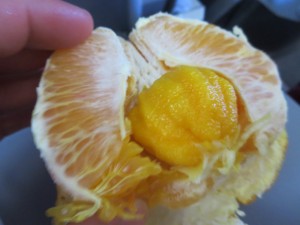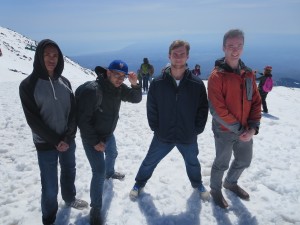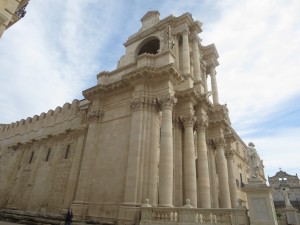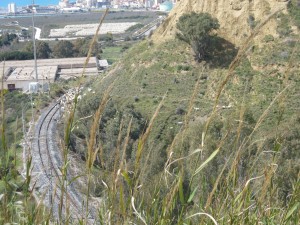
What seems like an orange pregnant with a baby orange and may well simply be an interesting mutation in a Sicilian orange (some of which, I found out as I stood outside a display of oranges for sale in front of a gas station, are actually strains of Washington Navels)—I take as a lucky reminder of the distinctive goodness of Sicilian food. Among the new foods I tried, I can remember a grilled horsemeat wrap that tasted maybe like a Big-Mac, pasta bathed in a black squid-ink sauce, and stewed cow spleen in a sandwich. Among the tastiest were the chocolate in Modica and some strawberry granita I had in a Palermo shop owned by a hospitable old gentleman. Experiencing these memorable foods added to the curiosity for cuisine that Bowdoin Dining has helped spark in me. Too, partaking in the special culture around food Italians and Sicilians share—sitting down for longer meals, enjoying the conversation and laughter of good company—definitely served our group well in getting to know each other on a more personal level outside of our lives as academics. When Sue asked Victoria and me to share the weird orange with her, it wasn’t that weird.



